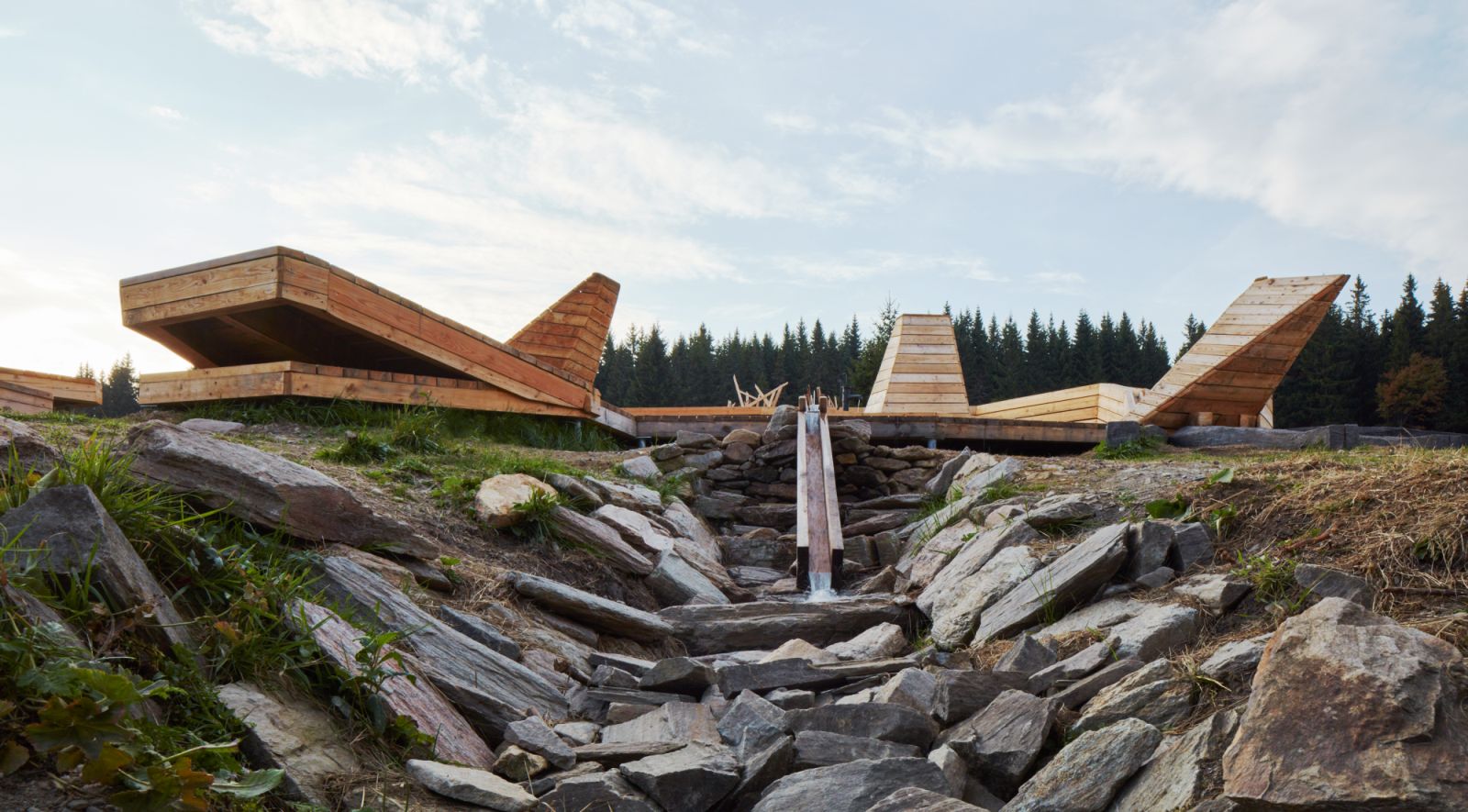The Pecka Playscape is a unique set of play elements and installations on the boundary between sculpture and folly located at 1062 meters above sea level. The main impulse that initiated this project was to motivate both parents and children to enjoy the outdoors. To spend time in a forest while breathing fresh mountain air and to encourage them to be in contact with natural materials such as wood, water and stone. We designed all the playscape elements so that they are in harmony with the original landscape while keeping it almost intact.
The installations were inspired by wildlife inhabiting the Krkonoše mountains. The playscape is thematically divided into the ” world in the trees“ offering a walk along suspension bridges among the nests of black stork. The landscape then transforms into a ” world in a forest” where it is possible to crawl through a giant spindle conch (Cochlodina), giant viper, animal dens or to be a part of a fight between two species of ants and to drop a wooden ball through an anthill labyrinth. Each element has its own information panel displaying illustrations featuring educational content. The learning focus of the playscape covers different topics within the disciplines of natural science and physical education.
The diversity in the way the different subjects are represented is paralleled by the varied levels of difficulty of the play elements. The playscape as a whole is a well-considered combination of certified play elements and sculpture installations that complement the character of the local world of wildlife. The choice of materials was guided by the altitude of one thousand meters above sea level and long winter seasons. Each installation is a kind of prototype. Entering it means stepping into an adventure of your own. The installations are qualified as temporary, which is in most cases reflected in their foundations using ground screws. The prevailing material is larch timber connected with steel elements.
Contractors‘ report /Taros Nova/
Building the Pecka Playscape installations called for a close collaboration with the architects as well as for considerable flexibility during implementation. The wildlife installations are sculptures and are therefore extremely demanding in terms of the details which determine their final form. The continuous confrontation of the technical solution with the artistic intention was, in a positive sense, the most demanding experience of the project. Some construction details were modified as the installation proceeded, making it similar to the process of sculpting, looking for a form through the technology of construction.
The installations are made of several types of construction:
- One type of construction is made of larch poles and squared timber of different profiles without surface treatment, making up a solid spatial structure taking the form of the given sculpture (e.g. the lynx or the den). The construction is founded on ground screws and covered with larch planks of 50 mm without surface treatment. The individual elements of the structure are connected with an atypical S235 steel weldment without surface treatment and secured with stainless steel screws.
- Another type of construction is a supporting welded steel frame to which elements made of glued or solid larch wood (bodies of ants) are anchored. 3. The constructions of the viper and the cochlodina are made of steel hoops welded from steel sheets as an atypical element of different dimensions anchored using ground screws. The frames are connected to each other with round and square S355 steel tubes and clad with planks of Siberian larch.
- The deer’s antlers and ribs are composed of three main vertical lattice girders made of glued laminated larch timber. The individual girders are connected with beams, a staircase and platforms. The spaces between the girders and the railing are composed of protective black stainless-steel netting. The antlers are attached to a steel grid made of rolled HEA profiles to which ground screws are anchored.
- Trail in the trees. This is a series of 7 platforms in the form of stork nests connected by hanging rope bridges. The platforms are octagonal but from the outside, they resemble stork nests thanks to cladding made of acacia branches with a 50 – 100 mm diameter. The platforms are interconnected with hanging rope bridges so as to form a logical trail. The main load-bearing construction of the platforms consists of steel beams with a surface treatment of hot-dip galvanization. The accessible parts of the construction are composed of pressure impregnated coniferous timber. Source by Matěj Hájek and Tereza Kučerová.
- Location: Velká Úpa 110a, 542 21 Pec pod Sněžkou, Czech Republic
- Architect: Matěj Hájek and Tereza Kučerová
- Graphic design: Tomski&Polanski
- Construction: Gardenline and Taros Nova
- Client: Pec pod Sněžkou Municipality
- Size: 1999,2 m2 of built-up area
- Cost: 43.6 mil. CZK incl. VAT
- Completion: 2018
- Photographs: Jakub Skokan, Martin Tůma / BoysPlayNice, Courtesy of LINKA

Photo © BoysPlayNice 
Photo © BoysPlayNice 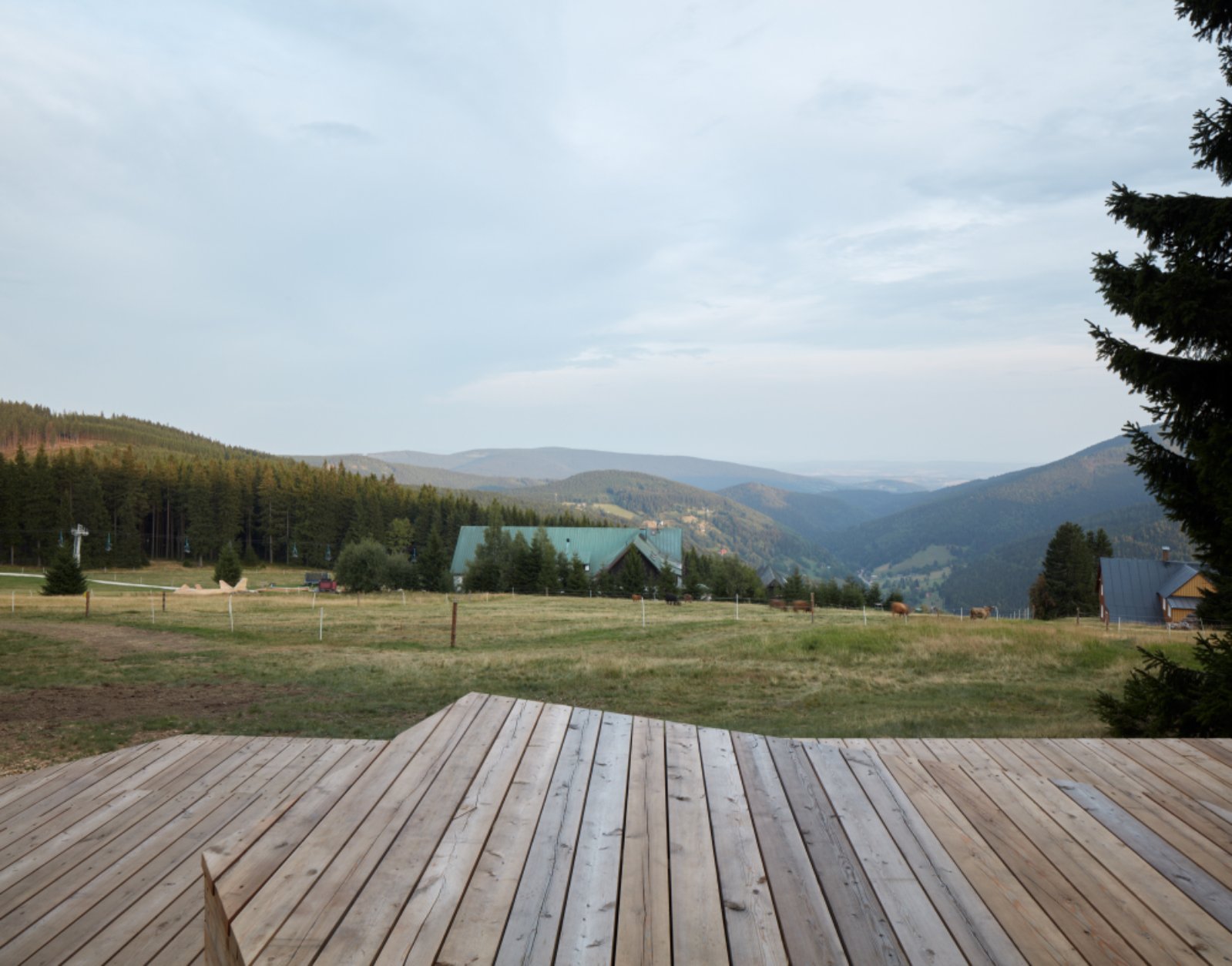
Photo © BoysPlayNice 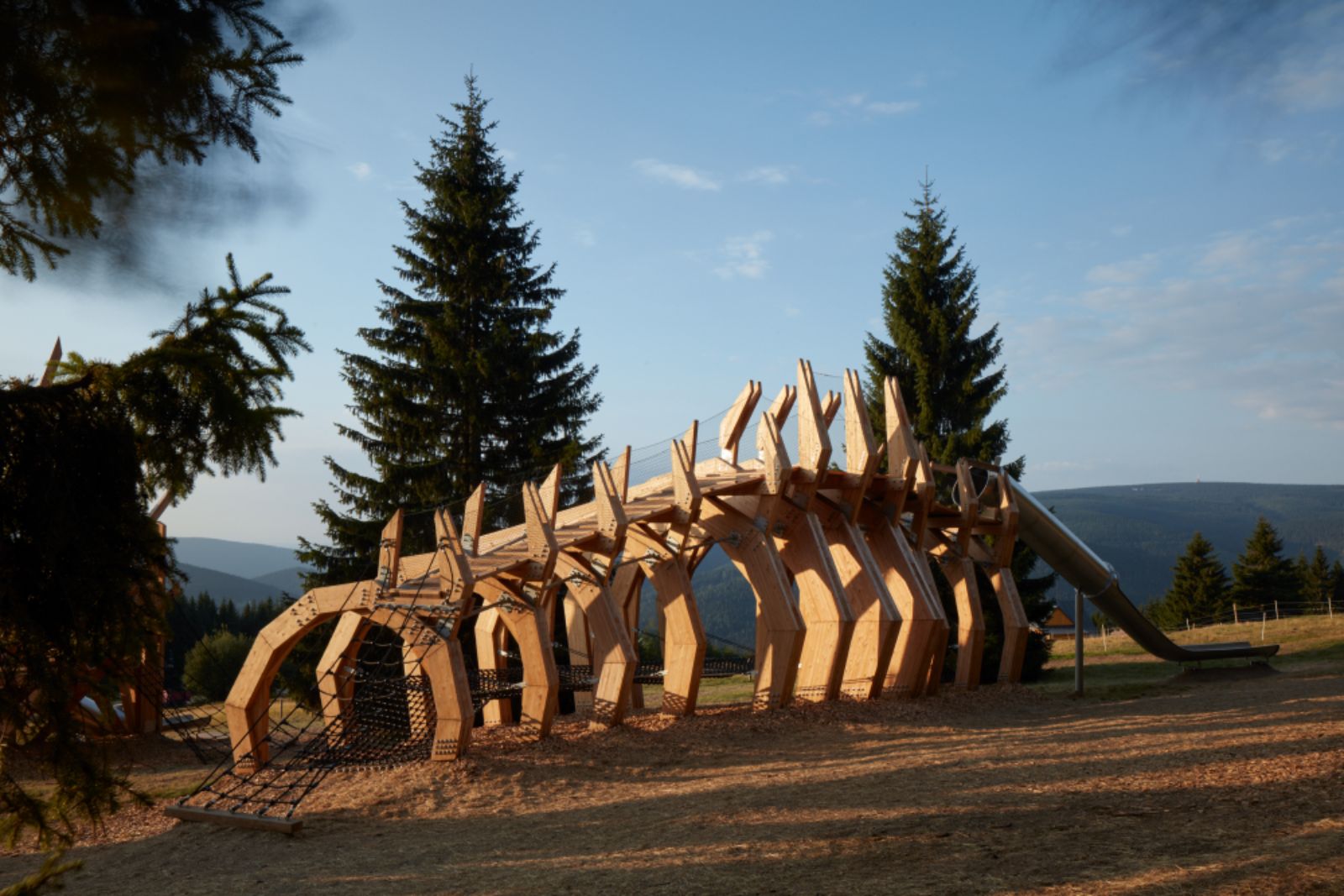
Photo © BoysPlayNice 
Photo © BoysPlayNice 
Photo © BoysPlayNice 
Photo © BoysPlayNice 
Photo © BoysPlayNice 
Photo © BoysPlayNice 
Photo © BoysPlayNice 
Photo © BoysPlayNice 
Photo © BoysPlayNice 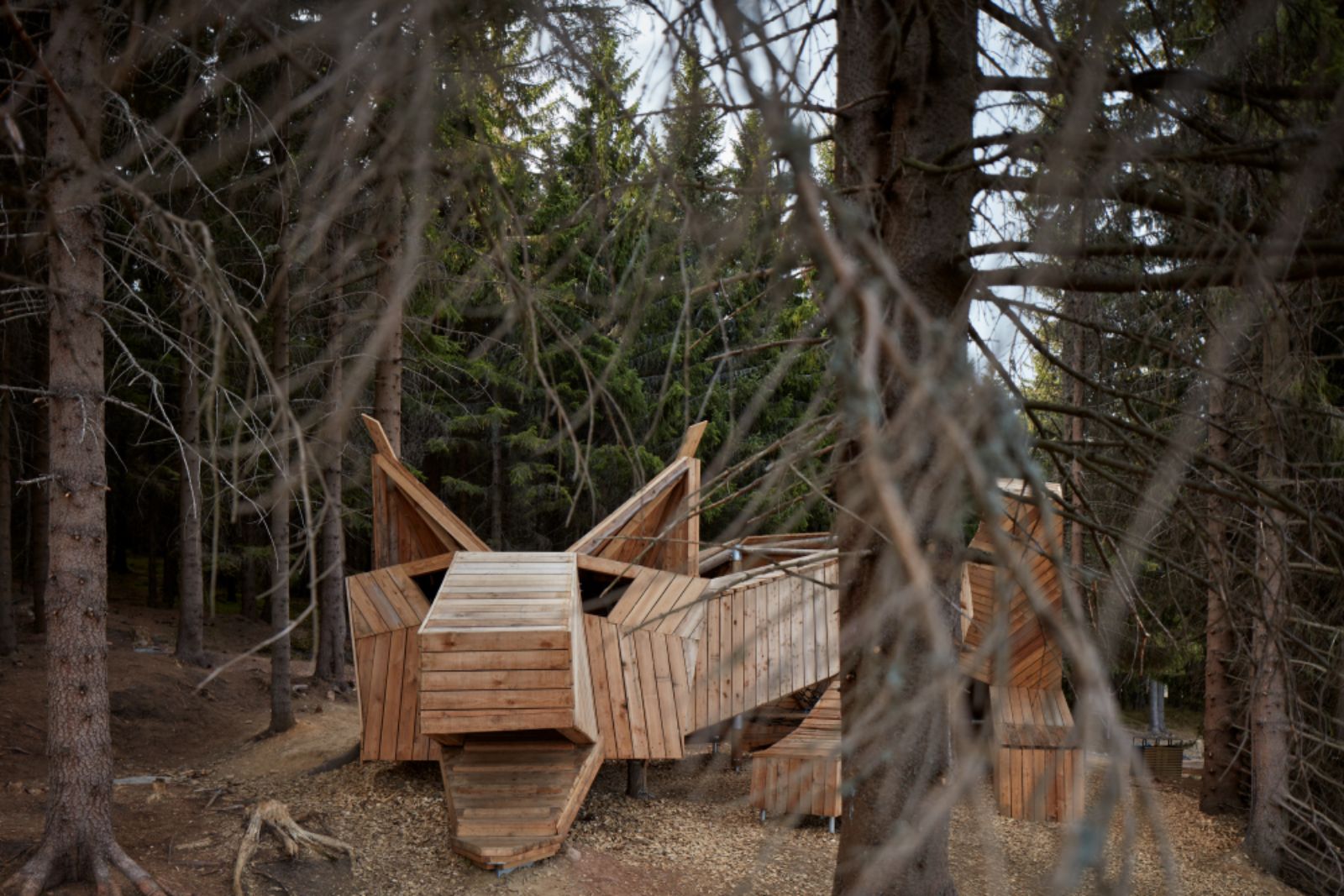
Photo © BoysPlayNice 
Photo © BoysPlayNice 
Photo © BoysPlayNice 
Photo © BoysPlayNice 
Photo © BoysPlayNice 
Photo © BoysPlayNice 
Photo © BoysPlayNice 
Photo © BoysPlayNice 
Photo © BoysPlayNice 
Photo © BoysPlayNice 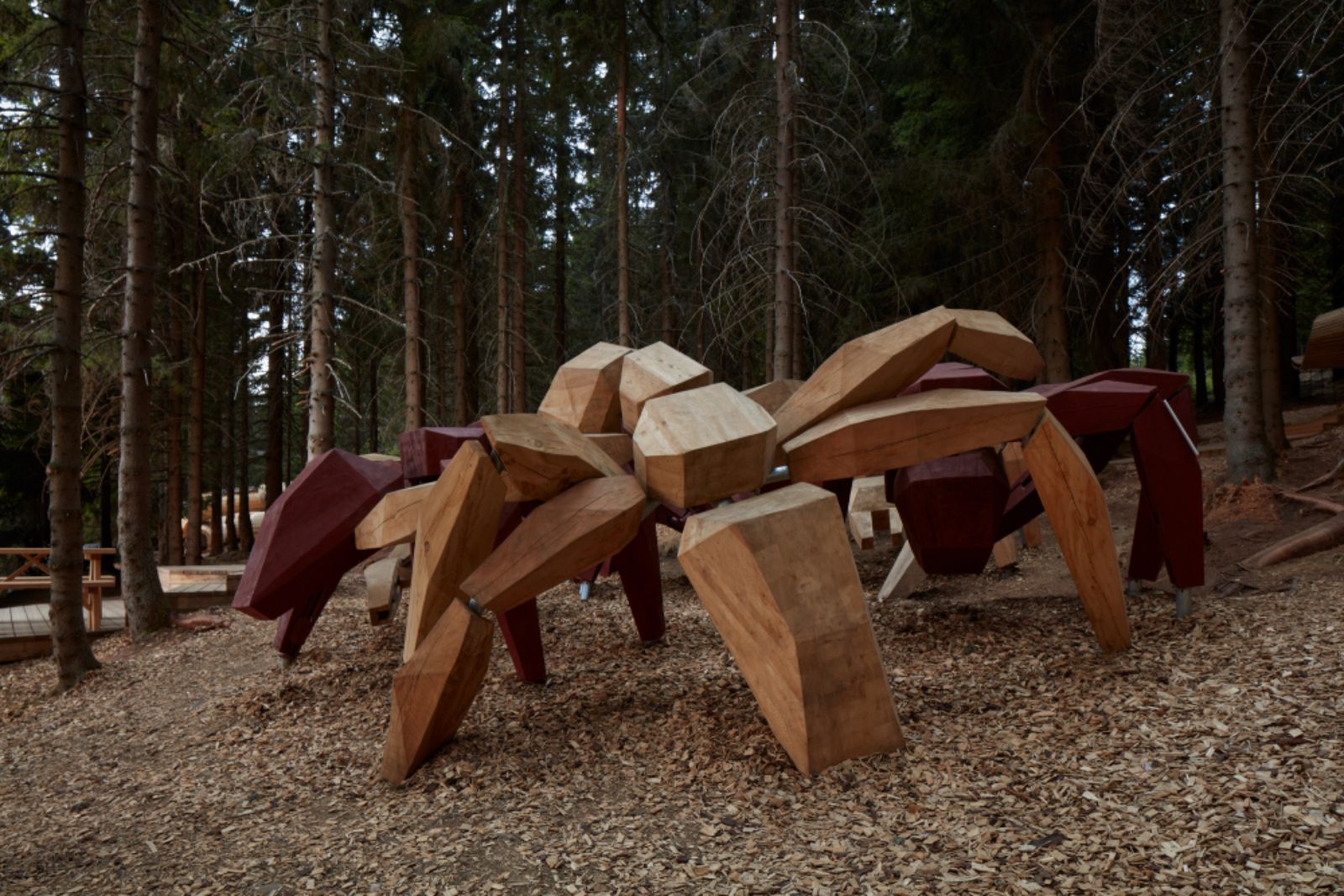
Photo © BoysPlayNice 
Photo © BoysPlayNice 
Photo © BoysPlayNice 
Photo © BoysPlayNice 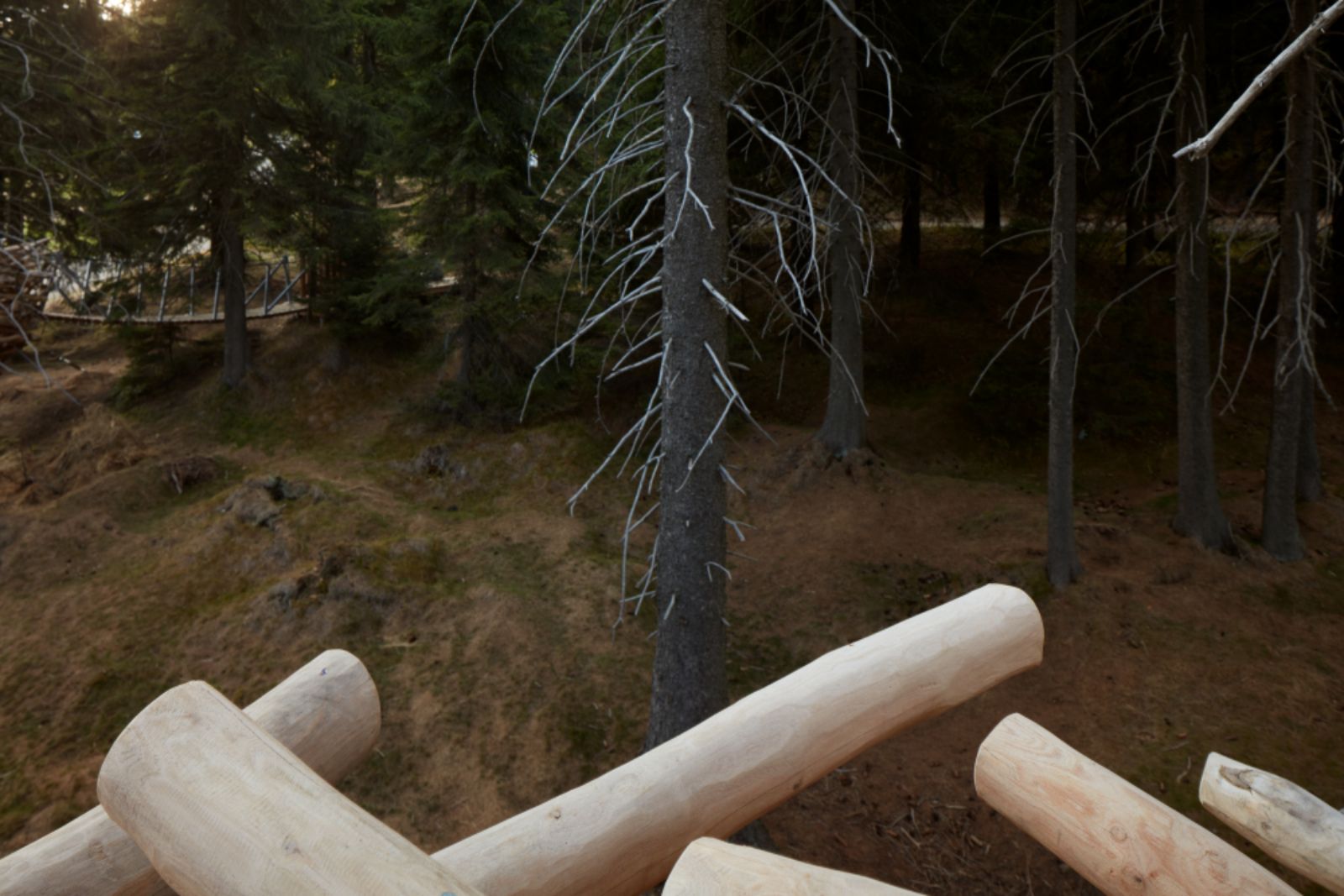
Photo © BoysPlayNice

